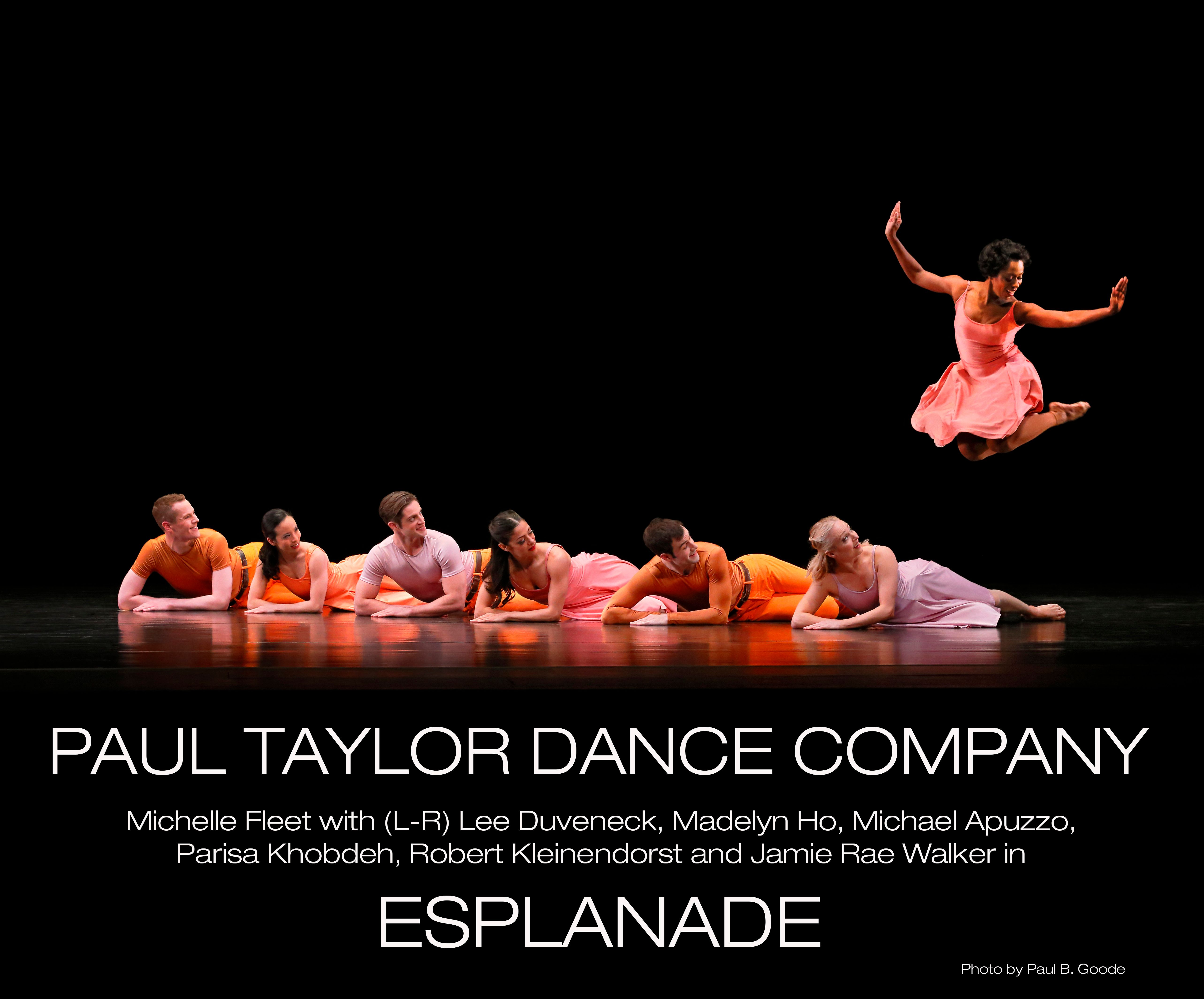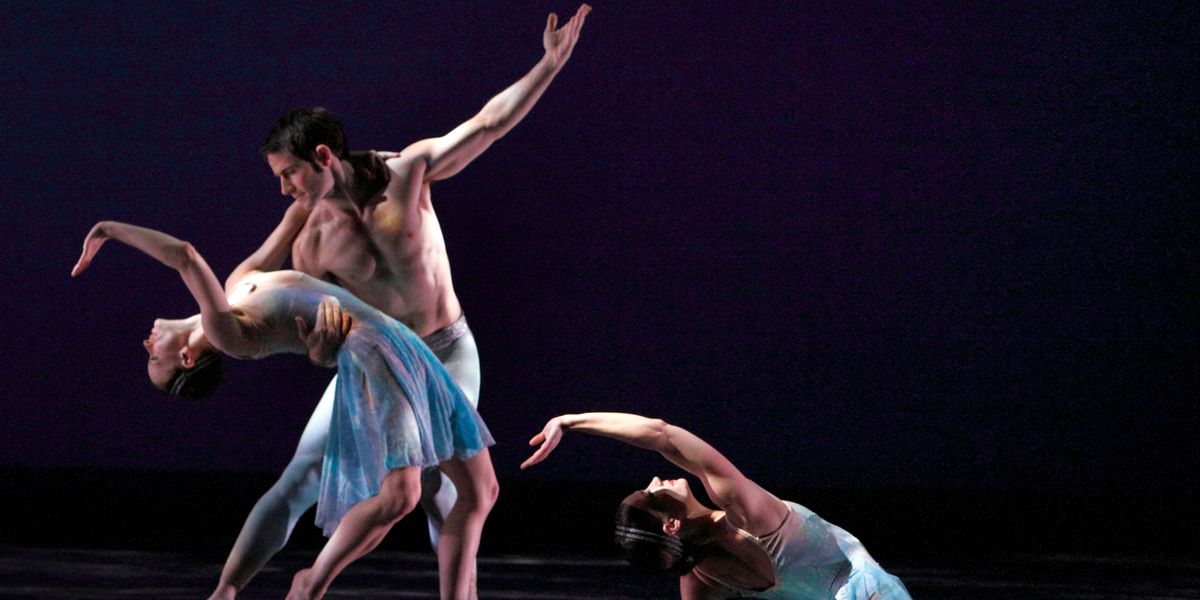With a New Director and Departing Dancers, the Paul Taylor Dance Company Faces the Future
The last year and a half has seen profound change at the Paul Taylor Dance Company. The most dramatic event, of course, was the death of Paul Taylor, the man who founded the company in 1954, creating almost 150 works over the ensuing six decades. He died in August of last year, only months after selecting the then-35- year-old company dancer Michael Novak as his successor. The choice was a surprise, both to Novak himself and to the world of Taylor fans.
With the passing of an era there have been inevitable aftershocks. This spring, six of the company’s most senior dancers—Michael Trusnovec, Laura Halzack, Michelle Fleet, Parisa Khobdeh, Jamie Rae Walker and Sean Mahoney—announced their departures, which will roll out through the end of 2019. The loss of Taylor, to whom they had dedicated much of their careers, was the main reason, but many of them have secondary motivations. Halzack wants to start a family. Fleet plans to develop her side business raising alpacas. Trusnovec, who is 45 and intends to continue dancing for a while, says, “I want to try other things I couldn’t do before. I have a new sense of freedom.” For now, he remains the director of worldwide licensing for the Taylor organization.
Even Taylor 2 has been affected: Ruth Andrien, director since 2010, stepped down and was replaced by Cathy McCann, who danced with the company until 1991.

Michelle Fleet (jumping), Lee Duveneck, Madelyn Ho, Michael Apuzzo, Parisa Khobdeh, Robert Kleinendorst and Jamie Rae Walker in Taylor’s Esplanade
Paul B. Goode, Courtesy Paul Taylor Dance Company
Despite so much turnaround, John Tomlinson, the executive director of Paul Taylor American Modern Dance, isn’t worried about the future of the Taylor style and repertory. Former company members are often welcomed back to give their input, particularly to revivals, which, this year, will include the very early works Post Meridian (1965) and Scudorama (1963). An extensive archive of videos is kept on-site. And Taylor’s longtime rehearsal director, Bettie de Jong, now 86, does not have plans to retire anytime soon.
By the end of the year the main company’s roster should settle back to its usual size of 16 dancers. One thing that will likely change is that the dancers, who until now have worked without contracts, will be provided with some sort of written agreement.
Novak is still planning to dance, though for how much longer is anybody’s guess. While not a choreographer, he is an avid student of dance history, which, according to Tomlinson, was one of the principal reasons Taylor selected him. Understandably, the longevity of Taylor’s body of work will be Novak’s principal focus. “How do we take something that is a historical legacy,” he told The New York Times, “and contextualize it for audiences now, without diminishing the integrity of the history?”

Michael Novak in Taylor’s Concertiana
Paul B. Goode, Courtesy Paul Taylor Dance Company
Part of the answer arrived in January, when the company announced “Paul Taylor: Celebrate the Dancemaker,” a Novak-led initiative that will involve the revival of older works and increased touring. Novak will continue the company’s recent practice, instituted by Taylor in 2015, of programming works by the choreographers of today—the fall engagement includes a premiere by Kyle Abraham—as well as masterworks of the modern dance repertory. In a dramatic example, one night of the upcoming season is devoted to works by the late choreographer Donald McKayle; tickets to this memorial performance are free.
As the company evolves, so will the mission. “What Michael has been doing thus far,” says Tomlinson, “is to say, ‘Let me honor Paul and do what he was hoping would be done in the near future.’ My role has been to be the shield for Michael. I want him to have a chance to think about this stuff and come out with his ideas.”




